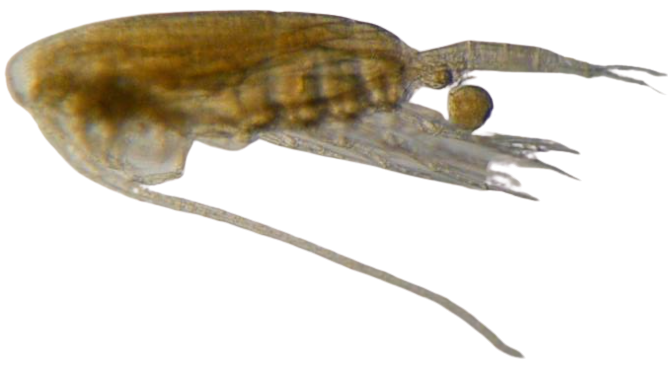Small copepods of the Pseudocalanus genus is commonly found in the northern hemisphere. In Svalbard, the region is home to two Arctic species, P. acuspes and P. minutus, as well as one boreal species, P. moultoni, are identified¹. While these species coexist in the same fjords, their dominance and abundance often vary between different areas and seasons²,³.
Pseudocalanus copepods are known for their seasonal vertical migration, descending to lower depts in the fall and resurfacing during late winter and early spring. Each of these species follows its own unique strategy for maturation and reproduction. In the vicinity of Svalbard, P. minutus stands out as a capital breeder
maturing in February and initiating early reproduction. This timing provides their offspring with more time to grow and the opportunity to feed on ice algae. On the other hand, P. acuspes, is considered an income breeder
maturing later in the spring after they have fed on the diatom bloom. The benefits their offspring by ensuring they are born in warmer waters, with the phytoplankton bloom serving as a readily available food source.
For a deeper dive into the fascinating world of reproduction strategies, explore the topic further in our Learning Arctic Biology
resources.

Pseudocalanus. Photo © Sine-Sara Astad.